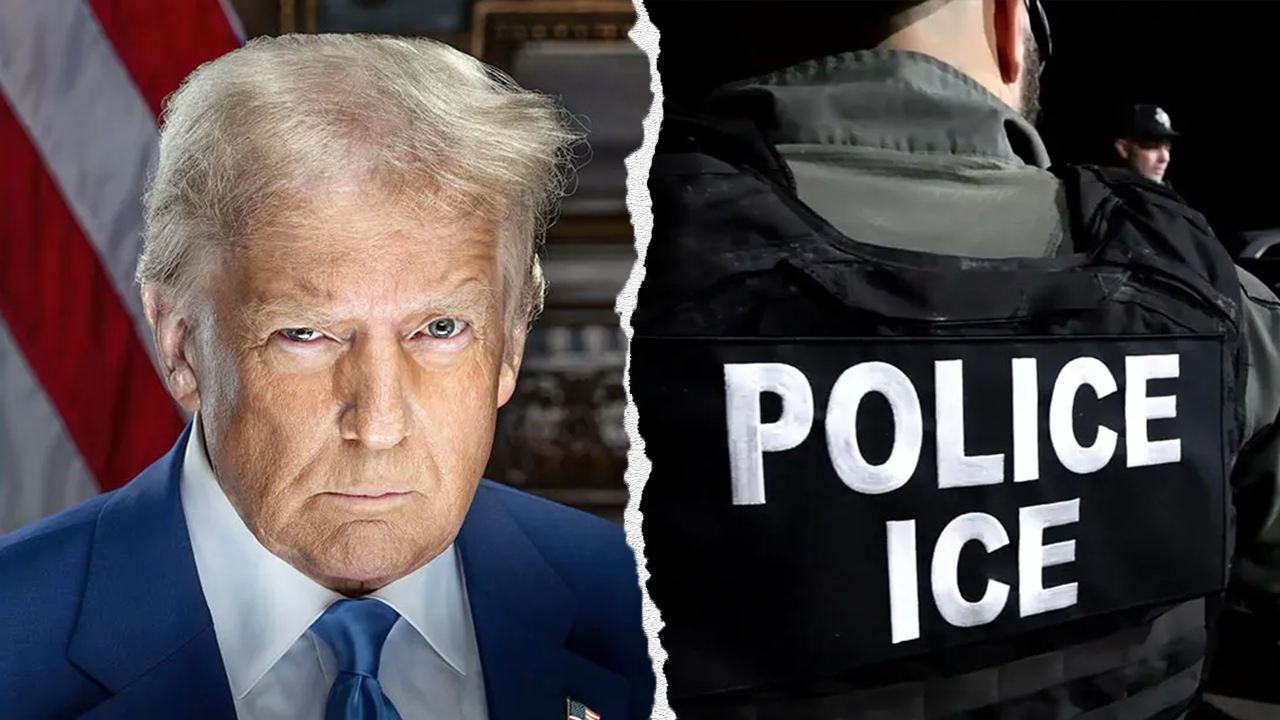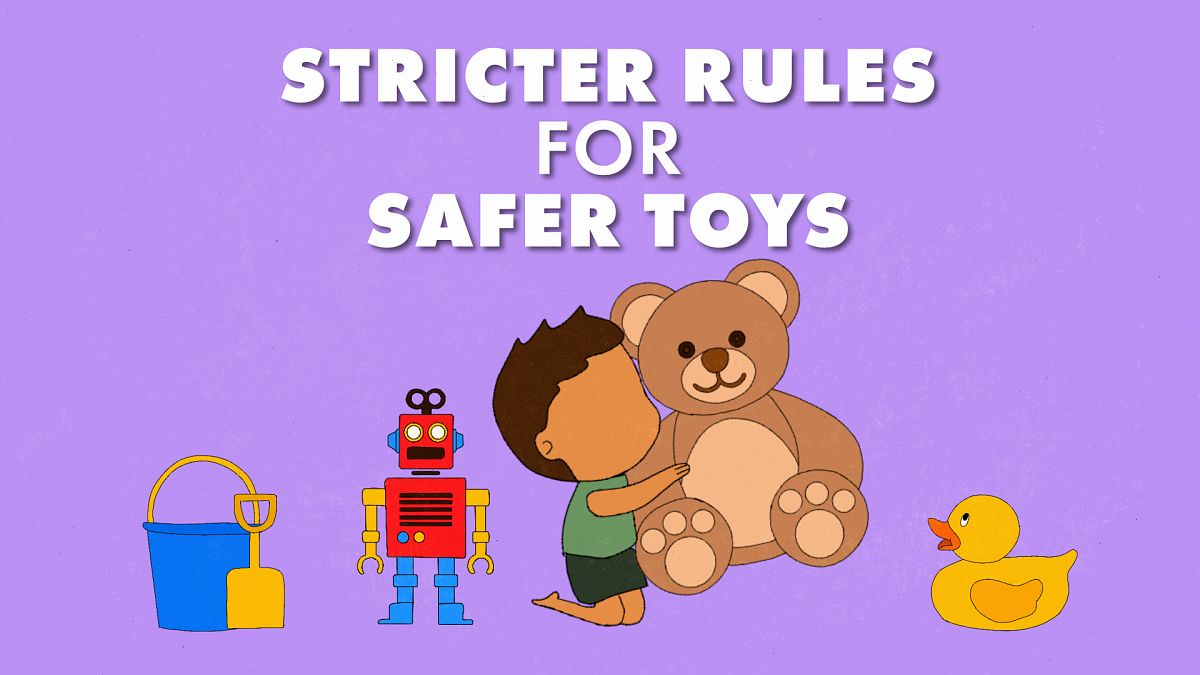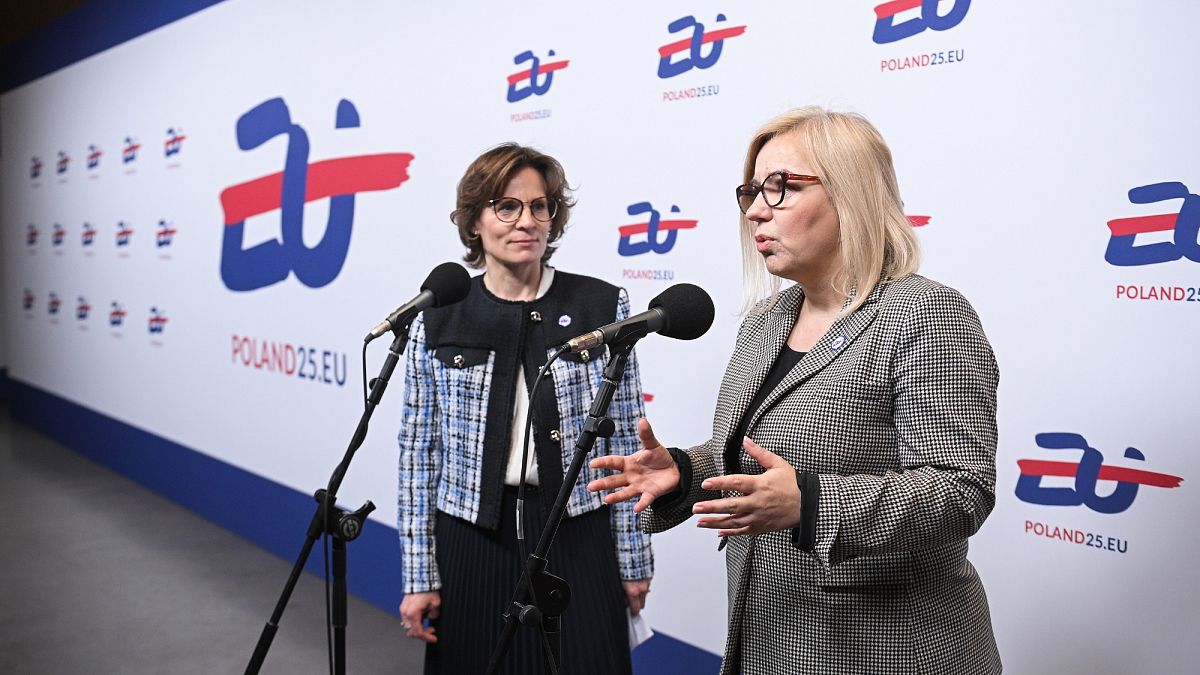Dinosaurs, dolls or dragons – chemicals that pose risks to children’s health and development will now be banned from toys sold in the European Union. The European Parliament and the Council struck a provisional agreement on stricter safety requirements for manufacturers and sellers, including those operating on online platforms. The ban will hit chemicals that can cause cancer, alter DNA or harm reproductive organs.
Dangerous products are nearly everywhere in our daily lives – most of them are found in cosmetics (36%), according to data provided by the European Commission. But strikingly, toys are the second largest product category found to be most hazardous (15%) – ahead of electrical appliances (10%). And the hazards in toys were most often related to chemicals.
One in five products flagged as dangerous and withdrawn from the EU market is a toy. That’s why before introducing a toy to the market, manufacturers will now be required to carry out a safety assessment covering all potential risks. And the toys now need a digital product passport in the form of a QR code showing they meet safety standards.
But even the best safety legislation cannot prevent bad actors from selling illicit toys, which is why Europol has issued guidelines on how to recognize fake and hazardous toys: If the price is too good to be true, if mandatory labels are missing, if the toy is sold in a clear plastic bag instead of regular packaging or if the brand name or instructions contain spelling mistakes – then don’t buy it!
Marion Walsmann (EPP), vice chairwoman of the Legal Affairs Committee in the European Parliament, was the lead negotiator on the toy safety file. She told Euronews that there was broad political support for the legislation. “And there was a broad consensus that the previous regulation, which dates back to 2009, was in absolute need of revision. There was also a general consensus on the change from a directive to a regulation.”
Walsmann also laid out the timetable: “The next step is that some technical improvements and formulations still need to be made. Then the Internal Market Committee will give its approval again with a vote. Then it will go to the plenary session in October for the final vote and then publication in the Official Journal of the European Union. It will then come into force and take effect from 2029.”
With the revised rules, the European Union is giving children the safest toys possible. Kids will be better protected against invisible dangers such as harmful chemicals, including endocrine disruptors, and PFAS, also known as “forever chemicals”. And their parents will have access to all the information they need about every single toy.
Read the full article here















